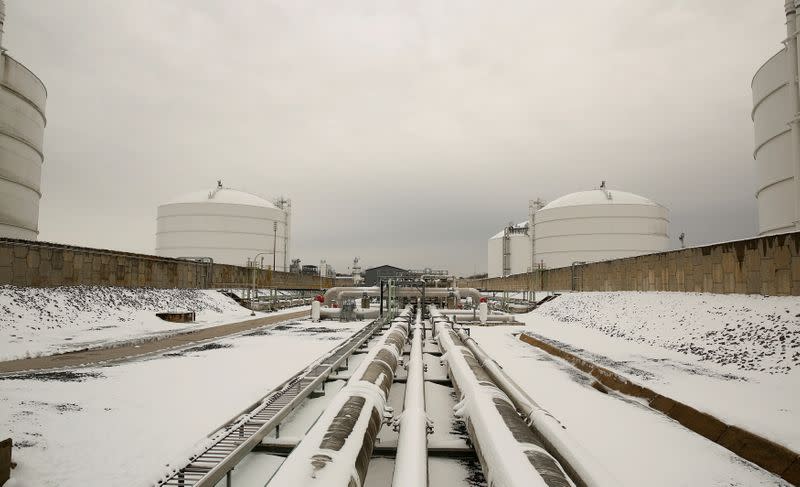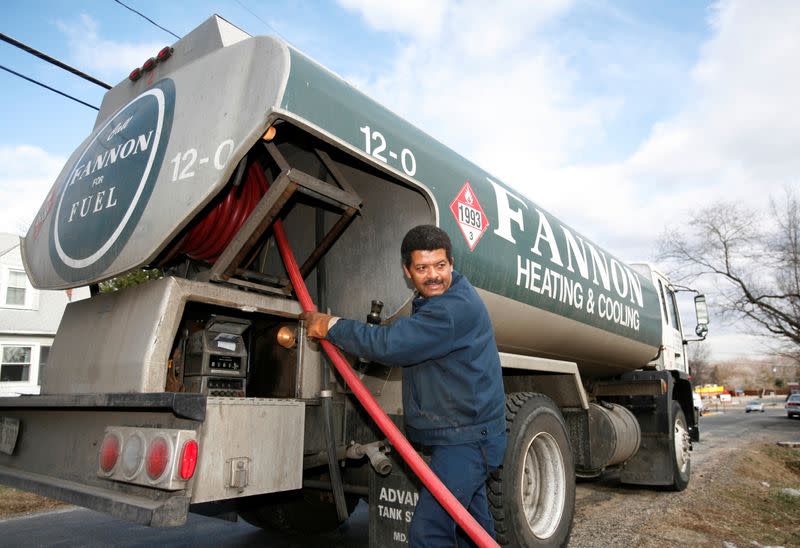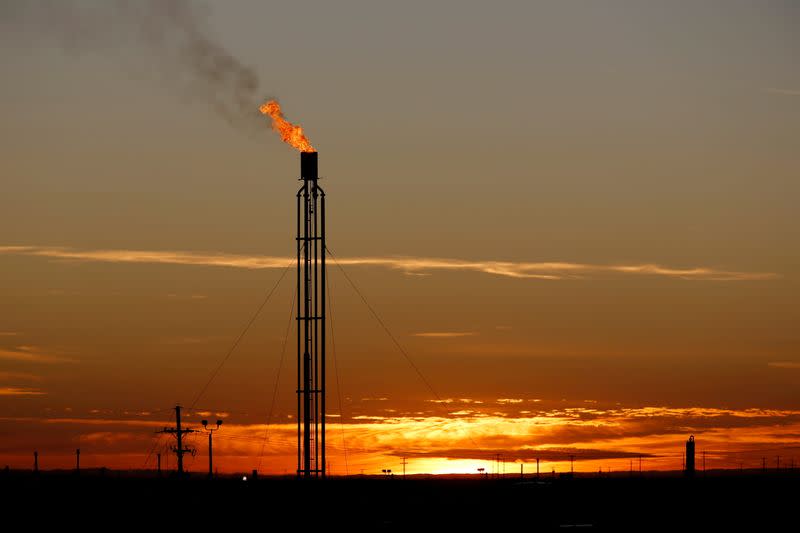U.S. home heating bills expected to surge this winter, EIA says
By Scott DiSavino
(Reuters) -U.S. consumers will spend more to heat their homes this winter than last year due to surging energy prices, the U.S. Energy Information Administration (EIA) projected in its winter fuels outlook on Wednesday.
Energy prices have risen sharply worldwide, causing power crunches in large economies like China and India.
The United States has so far not seen the same effect, even though prices of fuels from natural gas to heating oil have risen to multiyear highs and will hit household finances as the weather turns colder.
“As we have moved beyond what we expect to be the deepest part of the pandemic-related economic downturn, growth in energy demand has generally outpaced growth in supply,” EIA Acting Administrator Steve Nalley said in the release.
"These dynamics are raising energy prices around the world."
Nearly half of U.S. households rely on natural gas for heat, with the average cost for those homes expected to rise by 30% to $746 for the October-to-March period from the same time a year earlier, the statistical arm of the U.S. Department of Energy said.
The average cost for a home with natural gas last winter was $573, far cheaper than other major sources of heat. Natural gas prices have risen sharply in recent months due to shortages in places like China and Europe, where demand has rebounded from the pandemic. The United States can only export a small portion of its natural gas supply due to limited terminal space for liquefied natural gas (LNG) export.
Electricity is the primary heating source for about 40% of homes. It is more expensive than natural gas at an estimated $1,268 per household this coming winter - but that represents a more modest 6% increase from last winter.
Less than 12 million American households rely on heating oil or propane - about 9% of the roughly 129 million U.S. households - but they will see the biggest hit. Those costs are expected to rise by 54% and 43% respectively, the EIA said, from last winter.
Changes in prices of heating oil and propane pass through much more quickly to consumers. Homes that rely on heating oil are concentrated in the U.S. Northeast, and the biggest users of propane are in the upper Midwest and northern Plains states.
Last year energy prices plunged to multi-year lows due to coronavirus demand destruction, particularly natural gas, the most popular U.S. heating fuel, which hit a 25-year-low.
Depending where people live, the EIA said residential costs will rise to about $11-$14 per thousand cubic feet (mcf) for natural gas, about $2.50-$3.50 per gallon for propane, and $3.39 per gallon for heating oil.
That compares with last winter's residential costs of around $8-$12 per mcf for natural gas, $1.50-$2.50 per gallon for propane, and $2.55 per gallon for heating oil.
(Reporting by Scott DiSavino; Editing by Andrew Heavens, Jonathan Oatis, Marguerita Choy, Aurora Ellis and Jan Harvey)




